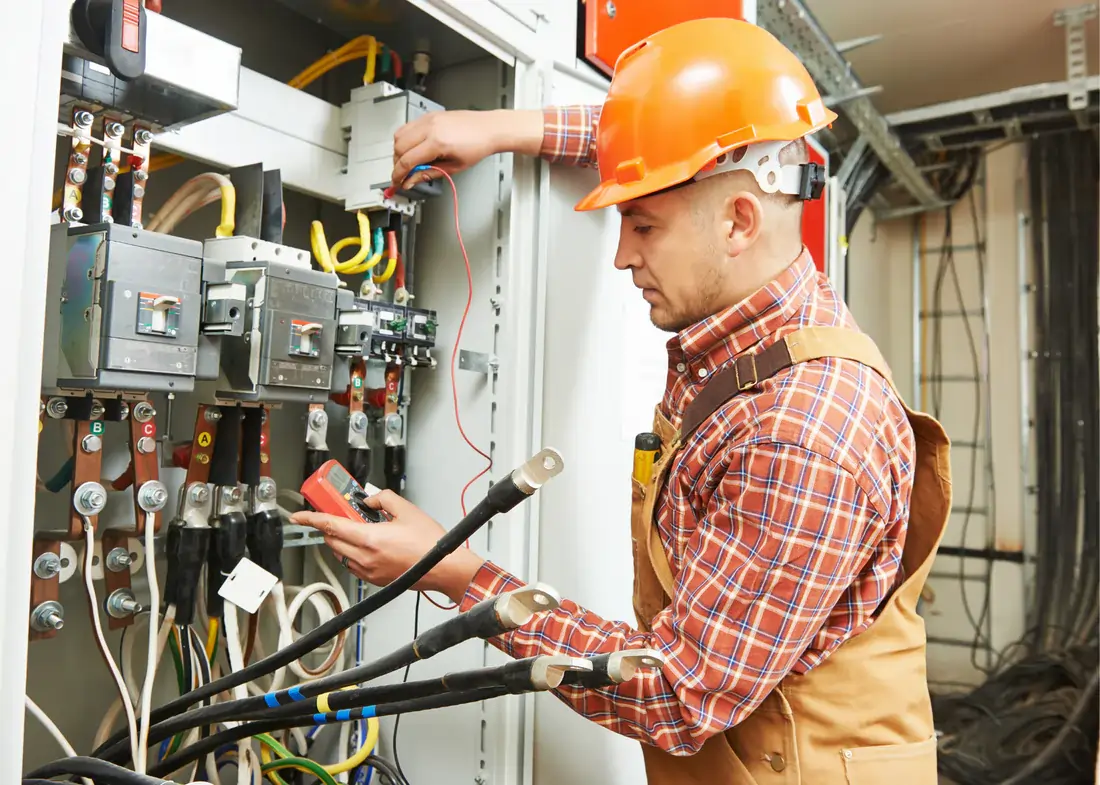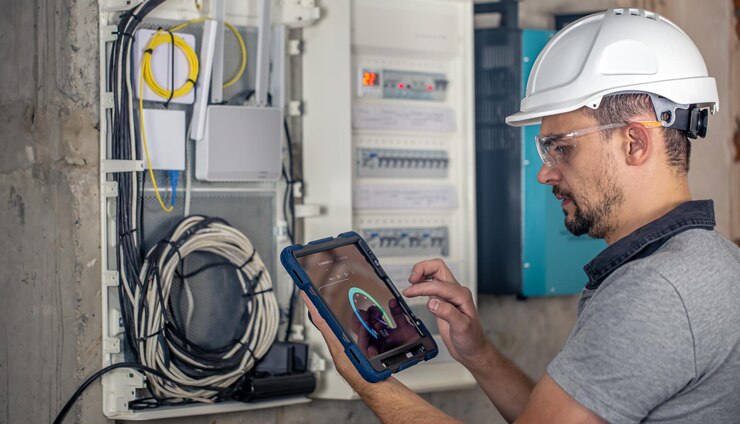Fort Worth’s housing stock includes many homes built before 1980, with approximately 45% of residential structures being over 40 years old, according to the U.S. Census Bureau’s American Community Survey. These older homes often face unique electrical challenges that require the expertise of a licensed electrician in Fort Worth to address safely and effectively.
Outdated Electrical Panel
As you may know, many Fort Worth homes were built before 1970 and still use Federal Pacific Electric (FPE) panels or fuse boxes. The Consumer Product Safety Commission reports that FPE panels fail to trip 20% of the time during overcurrent conditions, which creates significant fire hazards. Modern homes require at least 200 amp service, yet many older properties struggle with outdated 60 amp or 100 amp angles that can’t handle today’s electrical demand.
Insufficient Outlets and Overloaded Circuits
Homes that were built in the 1950s usually had only one or two outlets per room. Today’s average American household uses ten times more power than in 1950. This disparity leads to dangerous daisy-chaining of power strips and extension cords. A licensed electrician in Fort Worth can install additional circuits and outlets to meet modern power demands safely.
Ungrounded Two-Prong Outlets
Three-prong grounded outlets became standard after 1962, yet many Fort Worth homes still have original two-prong outlets. Without proper grounding, these outlets leave expensive electronics vulnerable to power surges and create shock hazards. National Electrical Code (NEC) requirements mandate grounded outlets in all new installations.
Deteriorating Knob and Tube Wiring
Pre-1940s homes in Fort Worth often contain knob and tube wiring, which lacks a ground wire and can’t handle modern electrical loads. The Department of Housing and Urban Development reports that this wiring type poses significant fire risks when covered by insulation or modified incorrectly. Many insurance companies won’t cover homes with active knob and tube systems.
Hidden Junction Boxes
Older Fort Worth homes frequently have electrical junction boxes concealed behind walls or above ceilings. The National Fire Protection Association statistics show that 10% of residential fires start from wiring issues, with hidden junction boxes being a common culprit. Licensed electricians in Fort Worth use specialized tools to locate and properly secure these connections.
Solutions and Safety Measures
Homeowners should schedule electrical inspections every 3-5 years. A licensed electrician in Fort Worth can perform comprehensive safety assessments, upgrade outdated systems, and ensure compliance with current NEC standards. The average cost for electrical system upgrades ranges from $2,000 to $8,000, depending on the home’s size and existing conditions.
The Importance of Professional Help
Electrical work requires extensive knowledge of local codes and safety protocols. Fort Worth’s building codes mandate that all electrical modifications must be performed by licensed professionals.
DIY electrical work not only violates city ordinances but also puts homes at risk—electrical fires cause approximately $1.3 billion in property damage annually nationwide.
Taking Action
Fort Worth homeowners with older properties should contact a licensed electrician in Fort Worth for a thorough evaluation of their electrical systems. Professional electricians can develop targeted upgrade plans that prioritize safety while considering budget constraints.
Regular maintenance and timely upgrades by qualified professionals help prevent electrical emergencies and protect your investment in your historic Fort Worth home. However, if you want to know more about our service, get in touch with us at Blessed Electric & Air.










